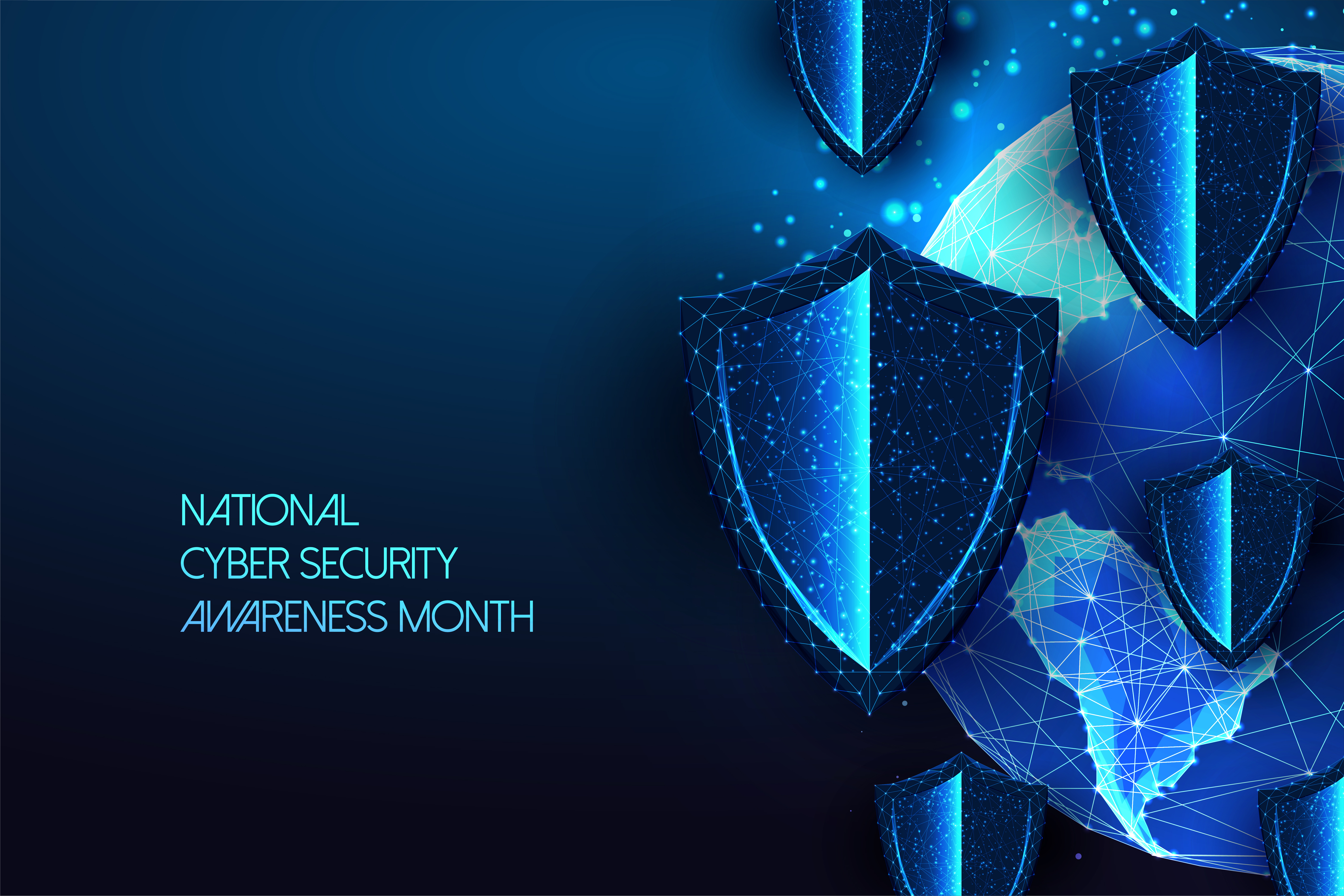October is Cybersecurity Awareness Month thanks to a 2004 initiative by the Department of Homeland Security. Since 2004, cybersecurity threats have become increasingly sophisticated, and the last 18 years have also produced an impressive array of cybersecurity defenses. Yet often the best defense tactics for individuals are still the classic, time-tested methods. Let’s take a look at some of the best tactics remote users have to defend their networks:
Tactic #1: Keep your home network free of intruders
Ensure your passwords are strong and secure. Check your wifi name for two weaknesses: names that reveal personal information or are determined by default. Be careful with whom you share your personal wifi password/access and enable the built-in firewall on your laptop or desktop computer. You may even consider installing antivirus software or a stronger firewall on your devices. If your internet access is provided by a third party, you may have to reach out to request information about how your wifi is configured.
Tactic #2: Keep unnecessary information out of the spotlight
Most of the time when we’re online, we submit personal information on websites secured by TLS (Transport Layer Security) 1.2. TLS is just one of the tools that keeps information encrypted so that outsiders can’t view what they aren’t privy to. We all like to be online, however, and we particularly enjoy sharing and scrolling on social media. Much of what we post on social media is public, so we should be careful not to post confidential information, whether personal or corporate. This type of information clearly includes passwords and financial information, but phone numbers, addresses, health information, and other similar data can be harmful if released. In some cases, even information such as your banking institution, personal contacts, or weekly routine can be used for spear-phishing or exploited against you in other ways.
Avoid participating in any “games” or posts asking you to list details about yourself. These details can range from your maiden name, pet name, and cousin to your birthday, place of birth, and other useful information that sounds innocent until pieced together.
Tactic #3: Keep your devices close
Be aware of your surroundings and make sure your devices are not in locations where someone could gain unauthorized access. This might include public areas where passersby could easily view your screen or where your device is left unattended. Be careful at transition points such as trains, airport security, planes, hotels, taxis, and buses, where you are more likely to forget or misplace an item. If you lose a corporate item, be sure to notify your company’s security or IT team so the device can be remotely secured.
Tactic #4: Mind your clicks!
If something seems suspicious, don’t click it, delete it, and, if it is serious enough or targets your corporate account, report it.
By implementing these four tactics, you’ll be able to keep safe from more than monsters and goblins this October. Cyberattacks might be scary, but strong defenses make a strong deterrent.

.png)
